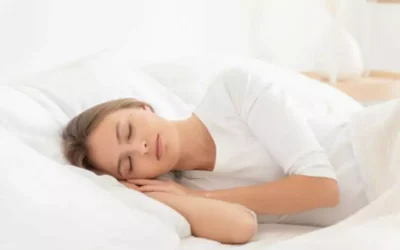Studies have found that heavy drinkers have increased cortisol levels due to alcohol’s effects on the body. Elevated cortisol levels can lead to feelings of anxiety or restlessness. As previously mentioned, your level of alcohol consumption plays a large role in your risk of panic attacks.
- While these two terms are often used interchangeably, there is a difference between a panic attack vs. an anxiety attack.
- Nationally, the number of cannabis/THC reports as well as the number of cases in which cannabis/THC was identified decreased from 2015 through 2021, including a decrease from 188,735 to 167,669 from 2020 to 2021.
- If you are experiencing regular panic attacks, you need to ask for support.
- But if drinking never ends, and the alcohol use becomes chronic, you might begin to see how anxiety and alcohol misuse can feed into each other.
- Maybe you have an important life event (such as your wedding) coming up or are worried about performing well on a test at school.
- Additionally, panic attacks can be triggered because of the effect alcohol has on GABA, another brain chemical that normally has a relaxing effect.
Can You Treat Anxiety and Alcohol Use Disorders at the Same Time?
Although it may be tempting to ignore your symptoms, or to self-diagnose, the only way to access the resources you need to recover is by getting a clinical diagnosis. The more you drink, the more likely you are to induce chemical changes that can trigger panic attacks and other health problems. As a result, the best way to prevent panic attacks after drinking is to know your limits and avoid drinking to excess.
How to deal with it

If they continue to use alcohol to help them feel more relaxed or at ease, they might eventually feel the need to avoid any social situations where they would be unable to drink. One theory of why this happens is called the “tension reduction hypothesis.” This theory does alcohol cause panic attacks suggests that alcohol is used as a self-medicating method to reduce stress and anxiety. Moderate drinking is not the same for all genders and age groups. In the United States, “moderate” typically refers to two drinks a day for adult men and one for women.
Coping Mechanisms for Anxiety
- However, approximately 1 month after the sudden cessation of alcohol abuse, he started to experience spontaneous episodes of panic attacks, with shortness of breath, chest pain, palpitations, trembling, and a fear that he was going to die.
- One of the most distressing factors about having panic attacks is how they seem to come out of the blue which further perpetuates the experience of being out of control.
- A diagnosis of SUD is made when an individual endorses at least 2 of the 11 criteria for SUD according to the Diagnostic and Statistical Manual of Mental Disorders, Fifth Edition (“DSM-V”).
- To put it another way, you might have some awareness, whether it’s conscious or not, of alcohol’s less-than-positive effects on your mental health.
- If you have an addiction to drugs, alcohol, or another substance—or this substance is negatively impacting your life in any way—talk to your physician or a mental health professional.
- HHS’s evaluation of that survey data focused on respondents who reported at least some past-year marijuana nonmedical use (by indicating that they were not a medical marijuana user, defined as someone who uses marijuana only to treat a medical condition).
Getting professional support can be a positive step for you to take to regain control of your life. Many people have just one or two panic attacks in their lifetimes, and the problem goes away, perhaps when a stressful situation ends. But if you’ve had recurrent, unexpected panic attacks and spent long periods in constant fear of another attack, you may have a condition called panic disorder.

Perfectionism is often revered as a virtuous trait, but it can unravel into destruction when… Panic attack symptoms are extremely scary, causing many people to experience chest pain, breathlessness, palpitations, vision problems, nausea, diarrhoea, and often a fear that they’re going to die. Have you ever felt “on edge” after a night of drinking?
Psychological Disorders: Types and Examples – Verywell Mind
Psychological Disorders: Types and Examples.
Posted: Tue, 05 Dec 2023 08:00:00 GMT [source]
A similar pattern of utilization-adjusted abuse rates was seen among cases involving a single substance only during the same time period. The NSDUH data from 2021 showed that among individuals who used any marijuana in the past year, 69 percent used marijuana in the prior month. For comparator drugs, the percentage of individuals with past-year use who used each substance nonmedically in the past month was 76 percent for alcohol, 49 percent for heroin, 38 percent for cocaine, and 28 percent for ketamine. DEA believes that additional information arising from this rulemaking will further inform the findings regarding the appropriate schedule for marijuana. DEA has maintained an active review of the scientific literature addressing marijuana with a focus on how it relates to the scientific and medical evaluation and informs any updates to the eight-factor analysis.